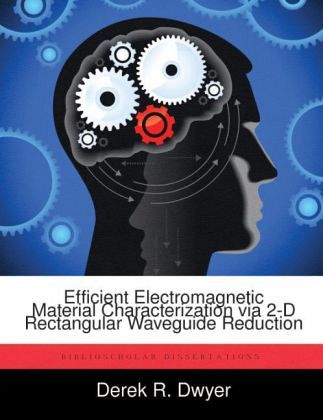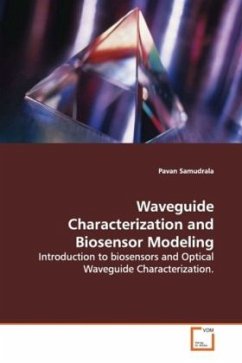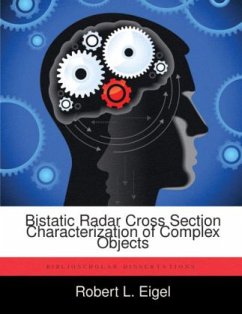
Efficient Electromagnetic Material Characterization via 2-D Rectangular Waveguide Reduction
Versandkostenfrei!
Versandfertig in über 4 Wochen
52,99 €
inkl. MwSt.

PAYBACK Punkte
26 °P sammeln!
A new, low-frequency, rectangular waveguide-based electromagnetic material characterization technique is developed that will reduce the test sample size in two dimensions realizing up to 50 percent reduction in sample cross-sectional area. To achieve this, custom made, reduced aperture, sample holder flanges were used that reduce the waveguide's excessive cross-sectional dimensions, resulting in reduced sample fabrication costs. Additionally, MatLab code was developed to implement the rigorously derived modal-analysis solution that accommodates induced, higher-order transverse electric and tra...
A new, low-frequency, rectangular waveguide-based electromagnetic material characterization technique is developed that will reduce the test sample size in two dimensions realizing up to 50 percent reduction in sample cross-sectional area. To achieve this, custom made, reduced aperture, sample holder flanges were used that reduce the waveguide's excessive cross-sectional dimensions, resulting in reduced sample fabrication costs. Additionally, MatLab code was developed to implement the rigorously derived modal-analysis solution that accommodates induced, higher-order transverse electric and transverse magnetic modes and accurately extract the reduced test sample's constitutive parameters. Experimental results using various test samples are compared to known, full-aperture measurements for both the reduced aperture waveguide configurations to verify the theoretical analysis. A differential error analysis is also performed for each configuration in an attempt to estimate the error associated with test sample thickness, aperture dimensions, and sample placement uncertainties.












